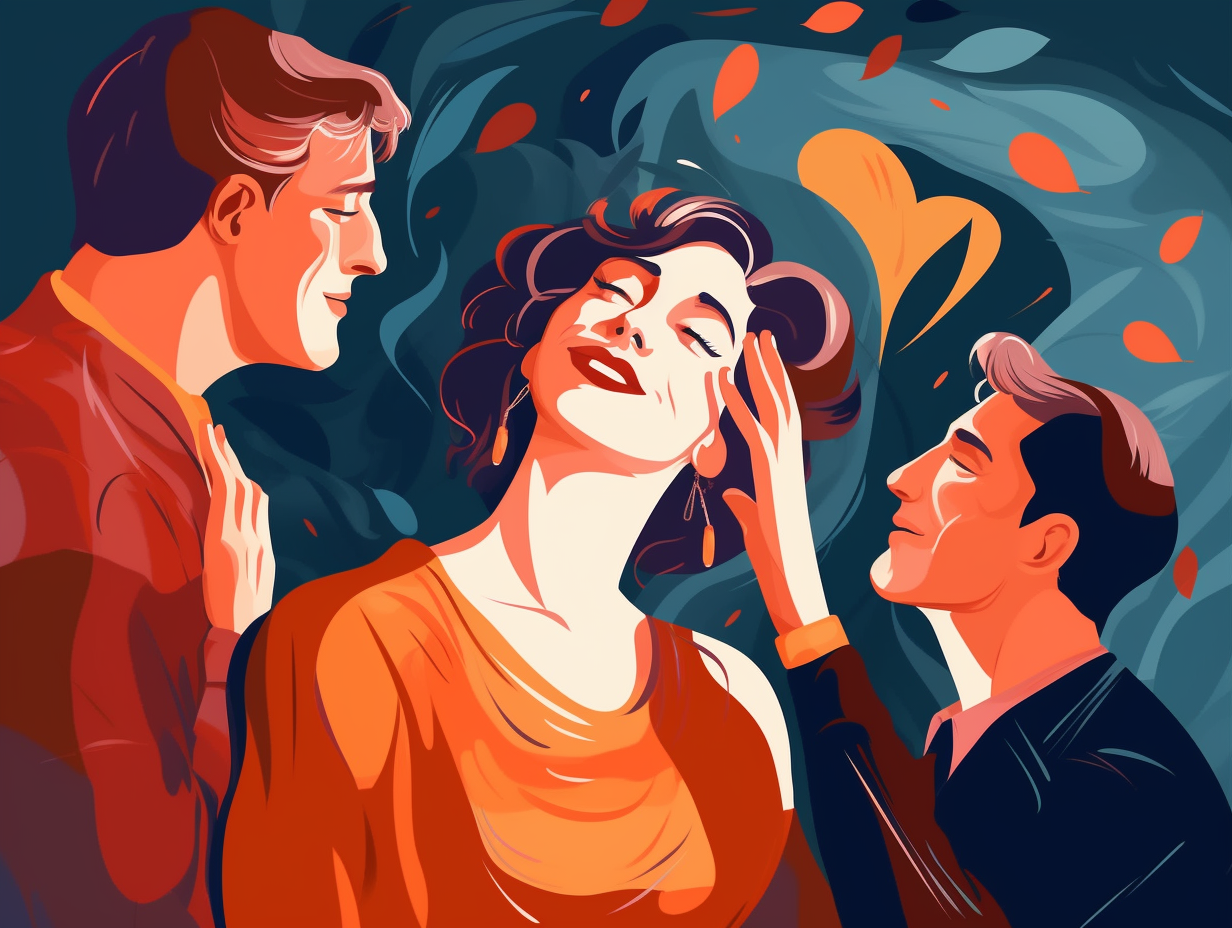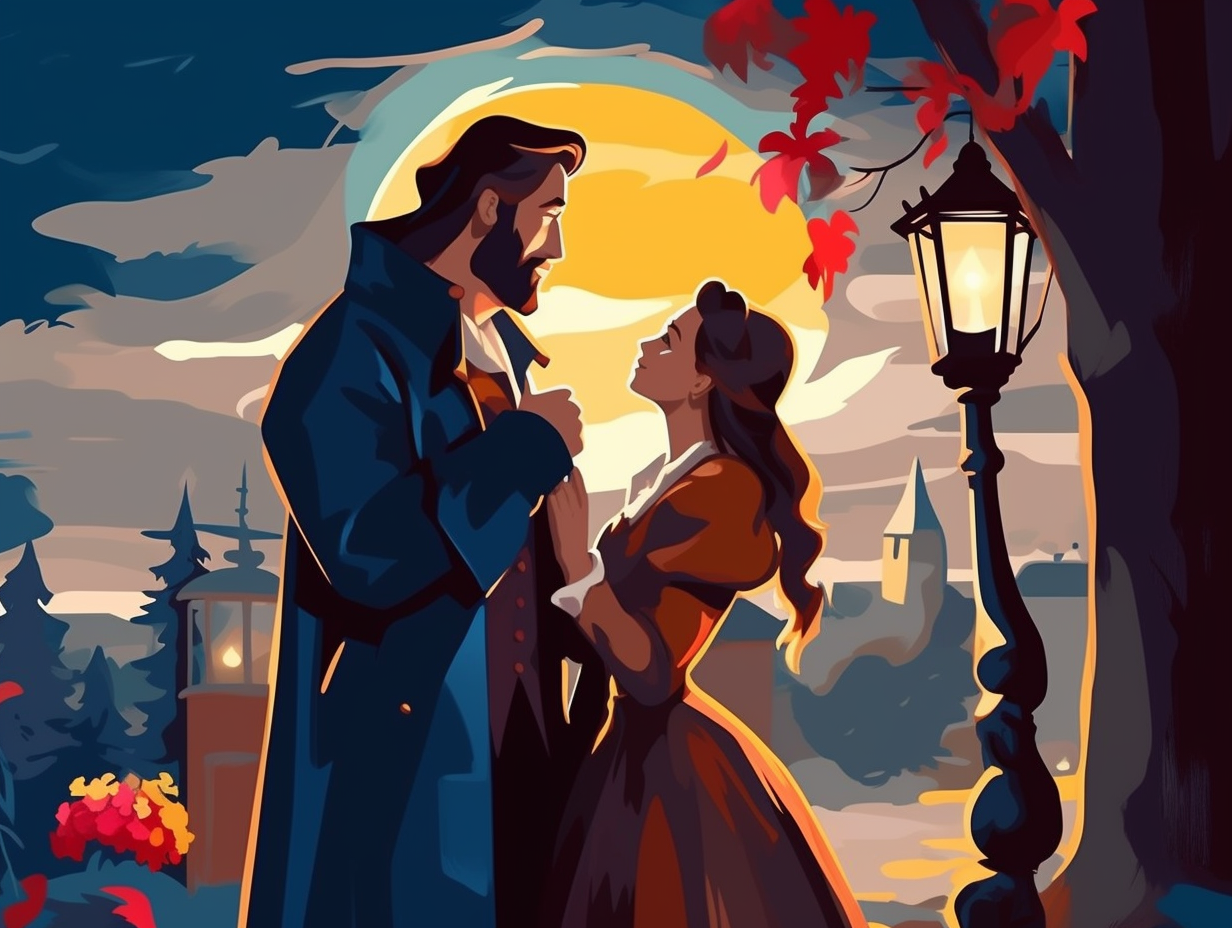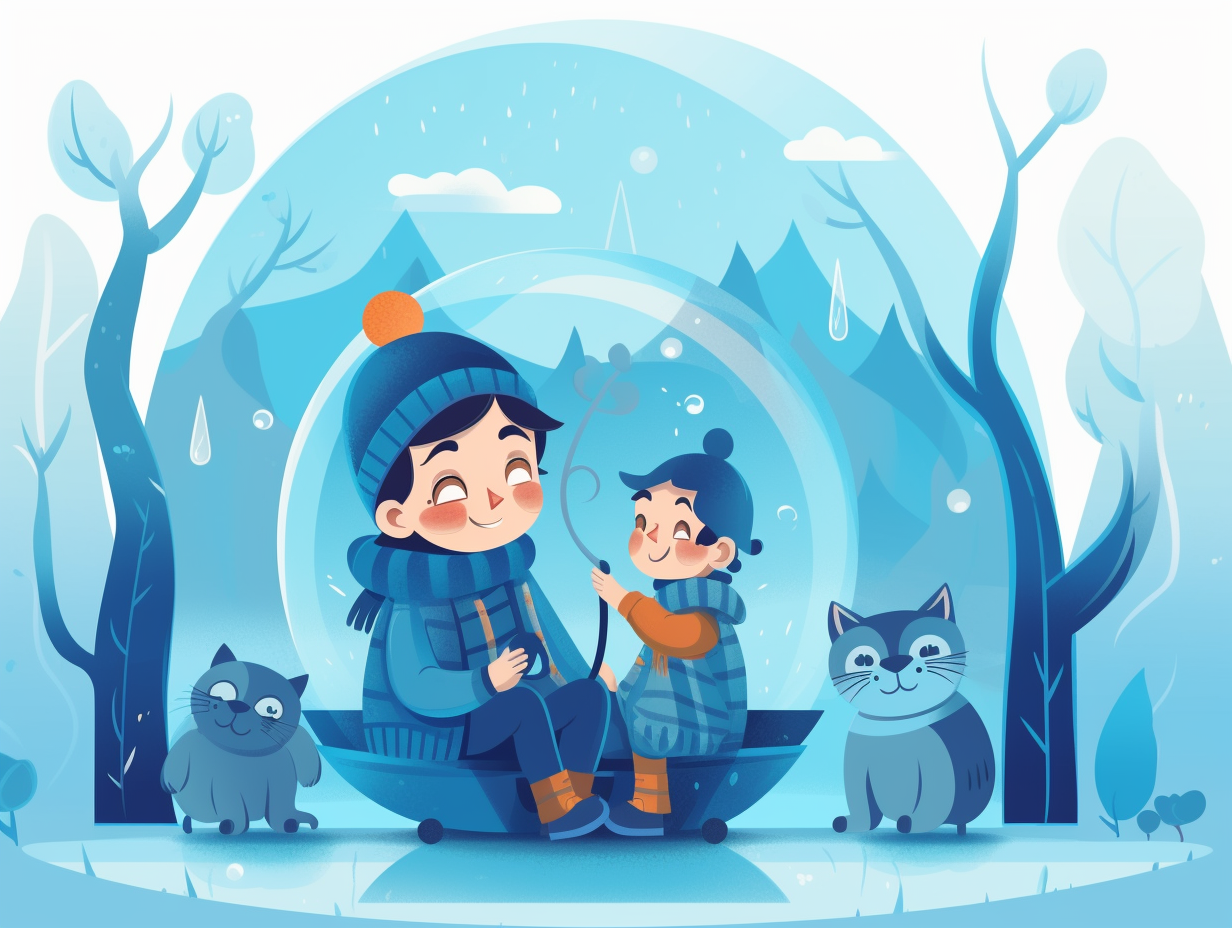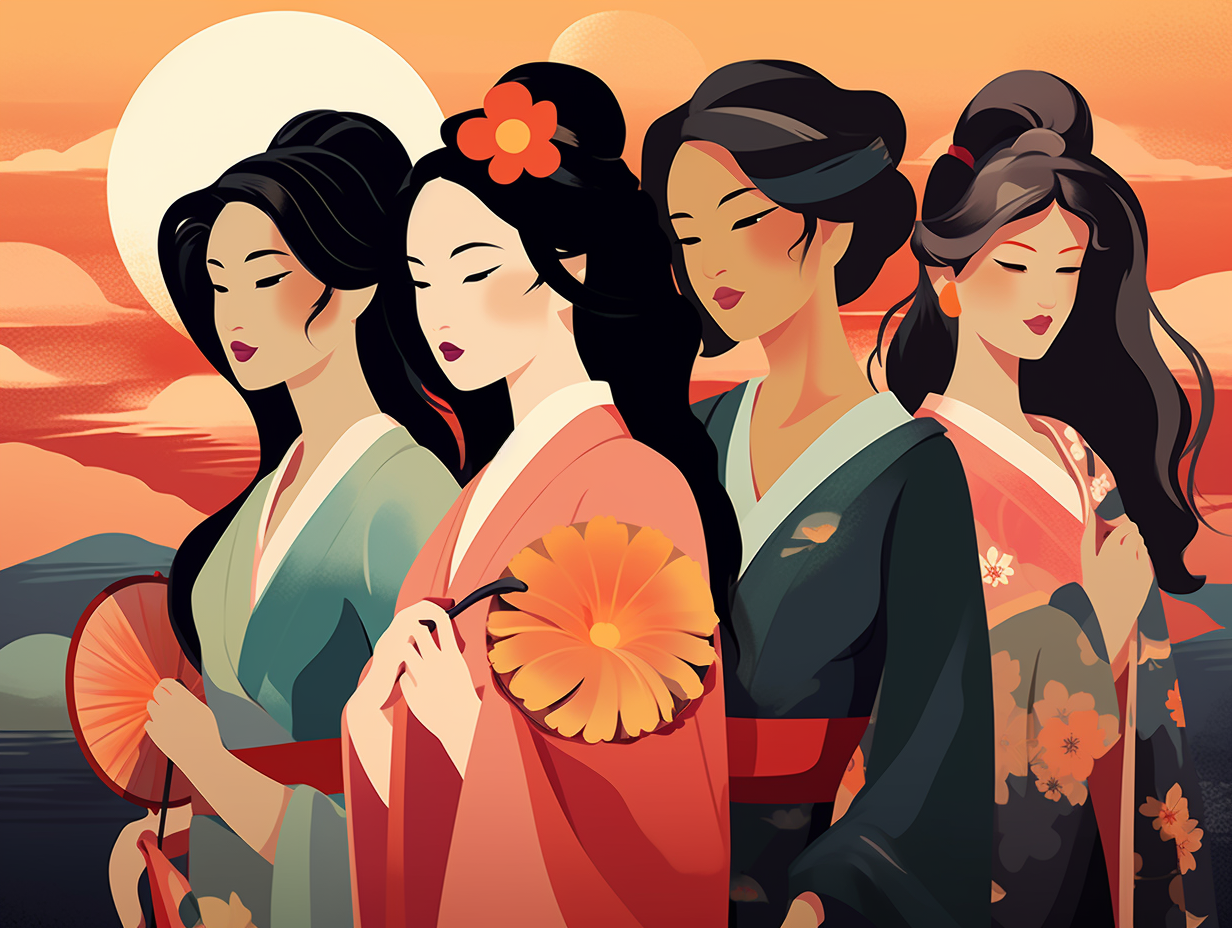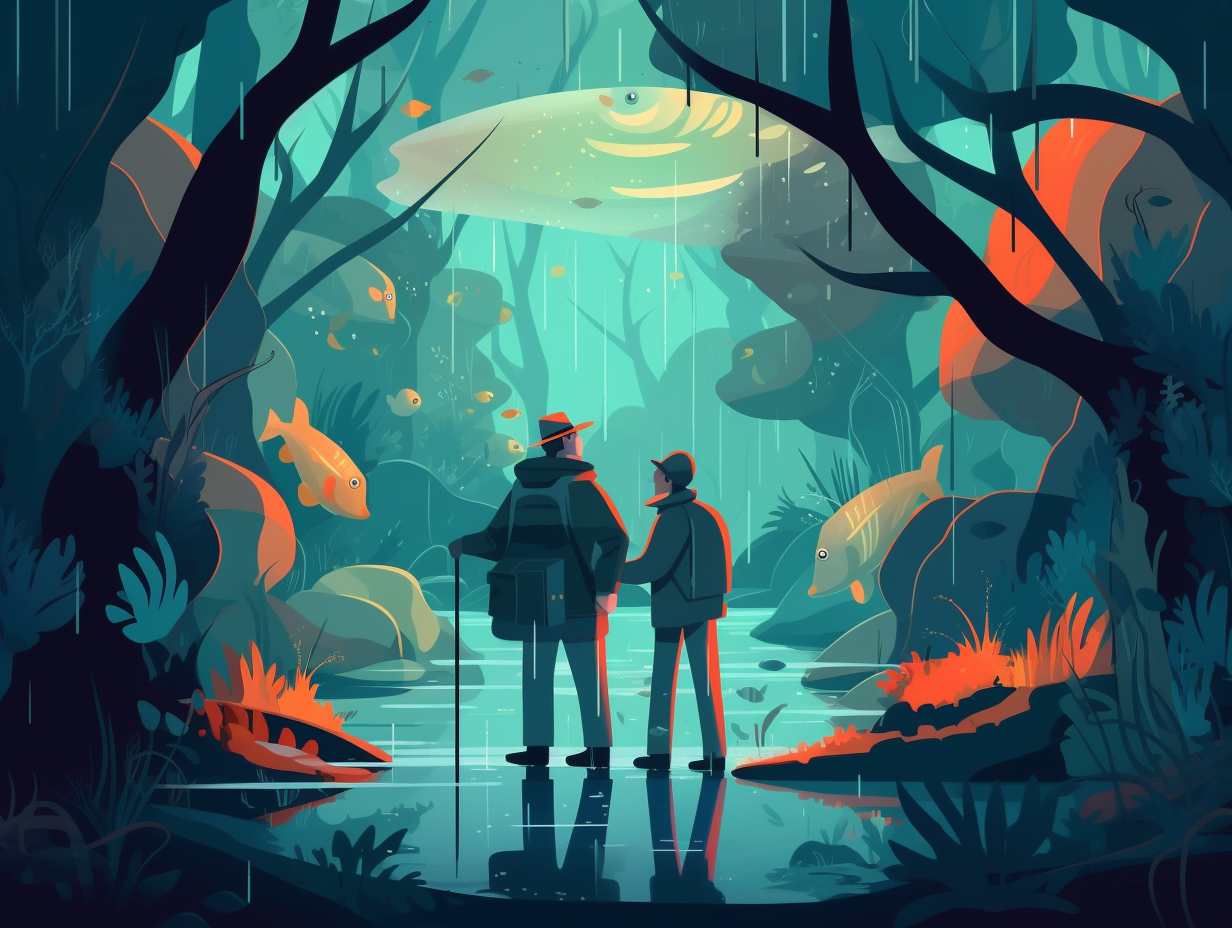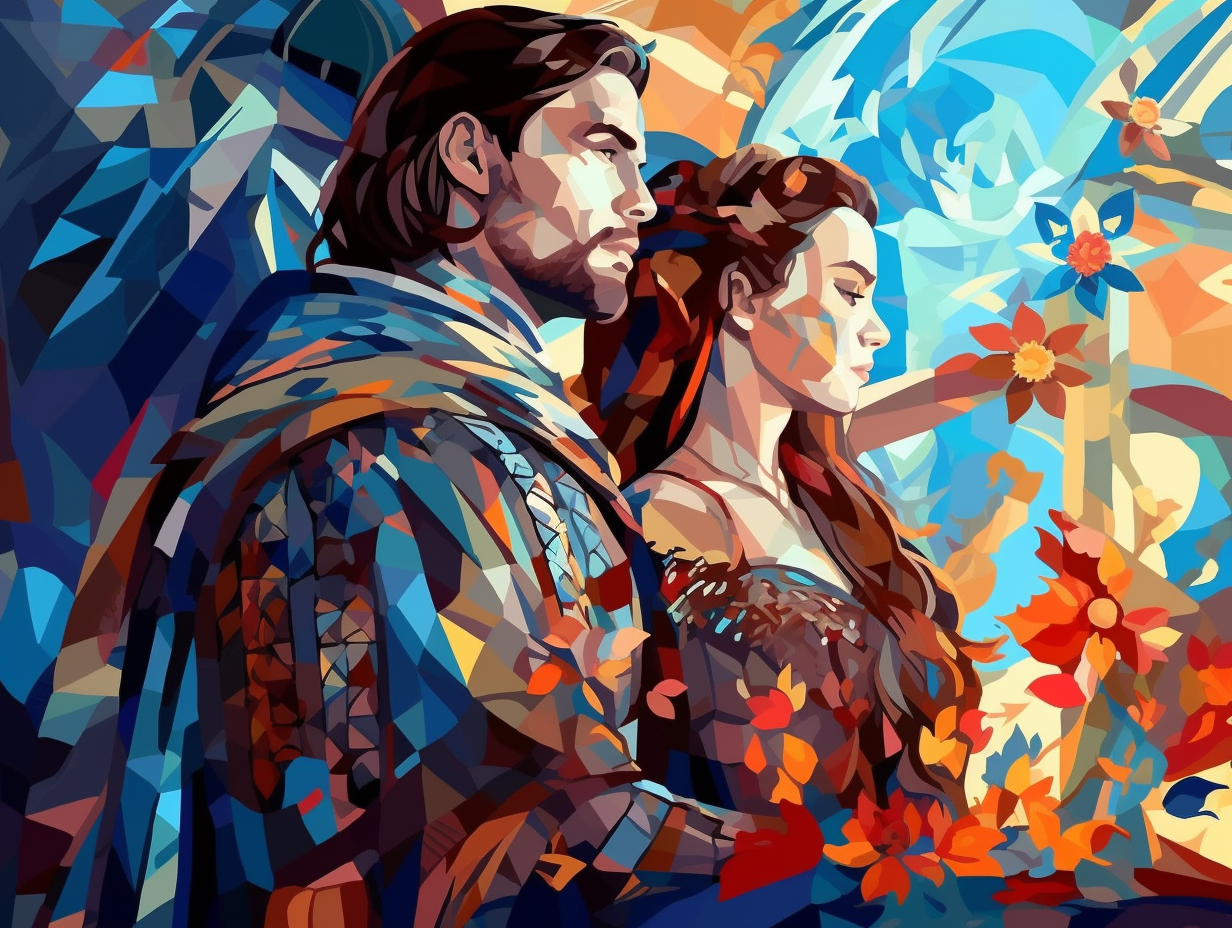Unveiling the Magic: Top 8 Unbelievable Fun Facts About Uta
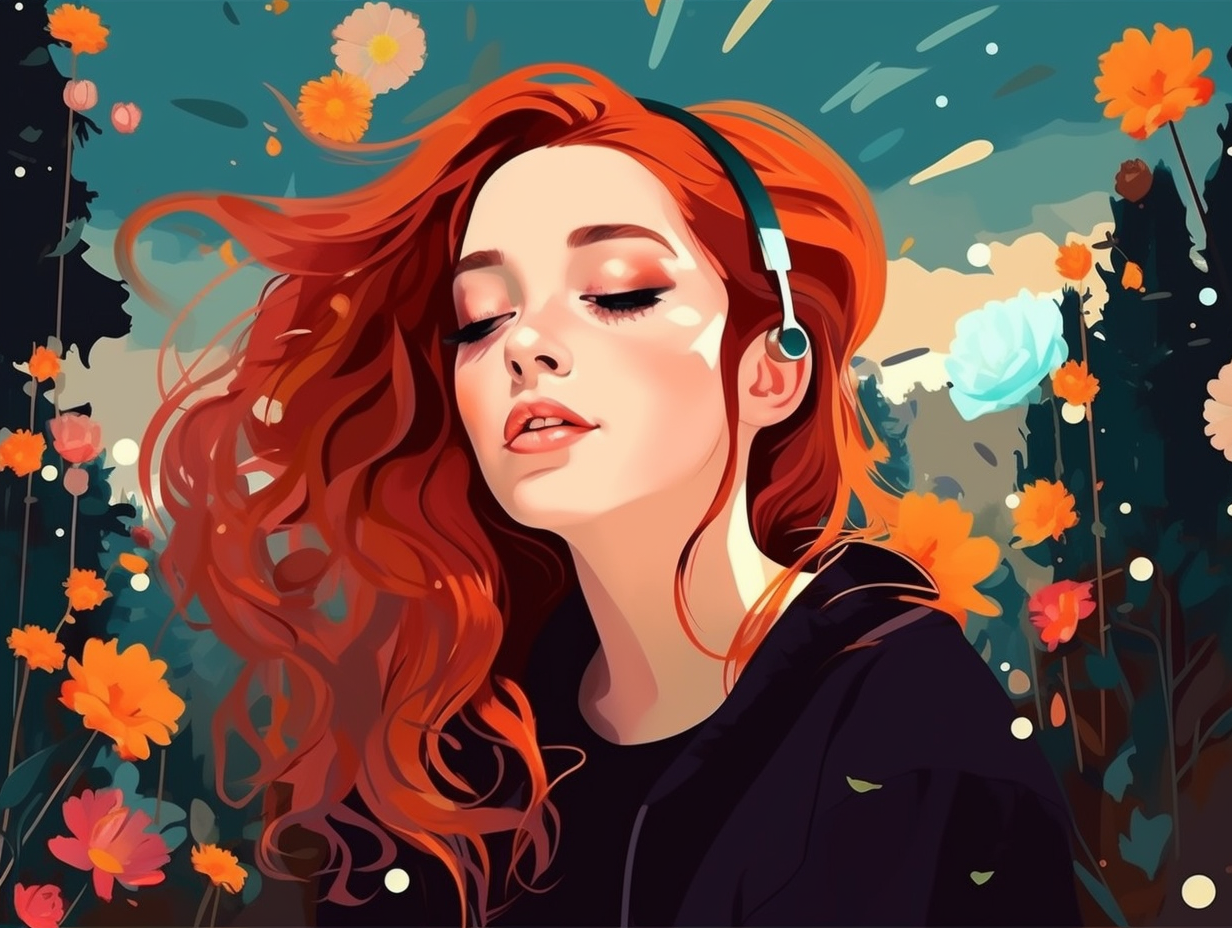
1. Kakinomoto no Hitomaro: Poetic Trailblazer
Before Colin Firth swooned ladies as the brooding Mr. Darcy and Instapoets penned musings on avocado toast, there was a poetic trailblazer named Kakinomoto no Hitomaro, setting words on fire with the sheer power of his verses: This Japanese waka poet, who graced the late Asuka period with his literary talents, served as a court poet to Empress Jitō, composing elegant elegies and travel poems while sipping on the finest sake. But despite his knack for poetic prowess, there's no evidence to suggest he moonlighted as a priest or a court minister.
Source => en.wikipedia.org
2. Uta: Japan's Poetic Music
Who needs a mixtape when you've got ancient Japan on the mic: "Uta" in Japanese means both "song" and "poem," and has been a staple of their culture from way back. Think Nara and Heian periods with their Manyoshu and Kokinshu anthologies, with everything from court music to Buddhist chanting rocking the scene. So, whether you're dropping bars or penning verses, you've got Uta on your side!
Source => doyouknowjapan.com

Discover the lost character of The Lion King! Bhati, a blind mole, almost joined Timon and Pumbaa in helping Simba overthrow Scar. Uncover why this unique sidekick was removed from the final film! 🦁🎞️
=> Fun Facts about The-Lion-King
3. Uta Koi: Anime Love Poems
They say that roses are red and violets are blue, but what if I told you old Japanese poems could mix love, literature, and anime, too? Here's the scoop: Uta Koi is an anime series inspired by the timeless Ogura Hyakunin Isshu, a compilation of 100 love poems. This show offers a "super-liberal interpretation" of the poems, blending their histories with fictional elements to create love stories that beautifully capture the essence of Japanese tradition while resonating with modern-day romantics.
Source => swabulous.wordpress.com
4. Uta-man: The Musical Superhero
If Japanese music were a superhero, it would be Uta-man, swooping in with its melodic cape to save the day with its incredible thousand-year history: This superhero's power lies in its range of singers like pop sensation Ayumi Hamasaki and the genre-bending Akiko Shikata, while also being taught in schools for cultural posterity.
Source => publishing.cdlib.org

5. Binge-Reading The Tale of Genji
You've heard of binge-watching your favorite shows, but what about binge-reading the world's first psychological novel from over a thousand years ago? Grab your snuggie, pour some matcha, and dive into the OG of page-turners: "The Tale of Genji" was penned in the 10th century by Murasaki Shikibu during Japan's Heian period, and is not only considered the world's first important novel but also the first piece of psychological literature. Rich with details about court life and timelessly resonant artistic pursuits like poetry and tea, this literary gem has captivated audiences for centuries, even prompting a Classics day celebration attended by the Emperor and Empress themselves in the year 2008.
Source => factsanddetails.com
6. Kokinshū: OG Japanese Poetry Playlist
Whoever said "too many poets spoil the broth" never met the dream team tasked with creating the OG Japanese poetry playlist: Say hello to the Kokinshū, a 905 CE chart-topping collection crafted by four poet pals under Emperor Daigo's watchful gaze. This 20-part poetic extravaganza includes the greatest hits on love and seasons, acrostics to make you laugh and laments to make you weep, a veritable combo meal of literary delights: What makes the Kokinshū truly stand out is that it was the first of the Nijūichidaishū series, marking the inception of Japanese criticism and setting the stage for a rich poetic tradition that stepped out of the shadow of Chinese influence. And guess what? A well-preserved manuscript was recently discovered, containing all 1,111 poems, further cementing the Kokinshū's rightful place in the literary hall of fame.
Source => en.wikipedia.org
7. Tanka: Flirting with Poems
Forget modern-day DMs and flirty emojis, ancient Japanese courtiers had a classier way to hit on each other: They wrote love-struck tanka poems! These poetic love notes were not only expected among the royal court, but evolved into the closing stanza of group Renga sessions: Tanka, a popular Japanese poetry form, was collected in anthologies, with one of its most renowned writers being the 9th-century woman, Ono no Komachi, who remains greatly admired for her work to this day.
Source => poetscollective.org
8. Uta-awase: Poetic Lemonade
When life gave them lemons, they made poetry: Back in Japan's Heian period, courtiers would engage in uta-awase, or poetry contests, where two teams called the Left and the Right competed in composing poems on set themes, with the winning verses ending up in prestigious imperial anthologies like the Kokinshū and Shin Kokinshū.
Source => en.wikipedia.org
Related Fun Facts





